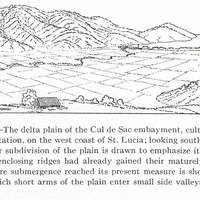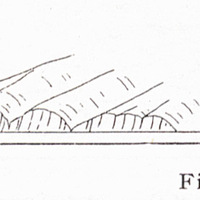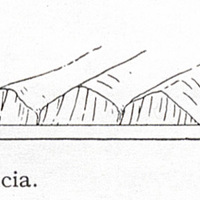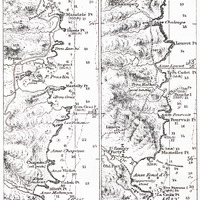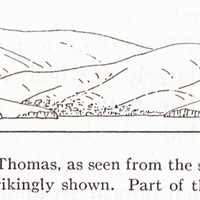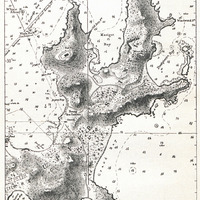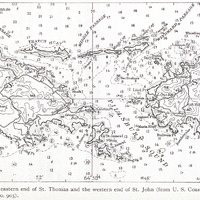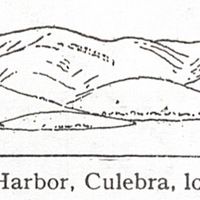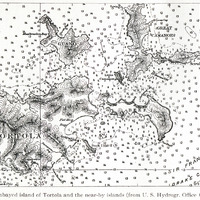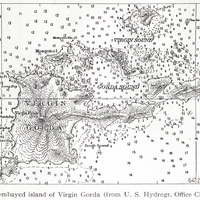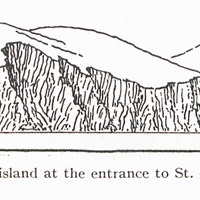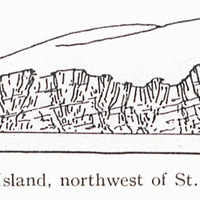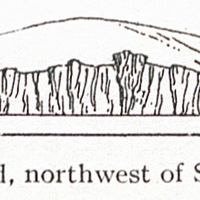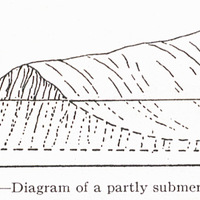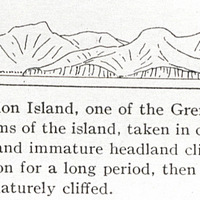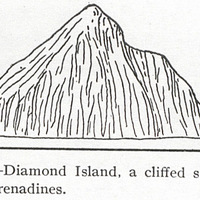Service commun de la documentation de l’Université de Nantes
Contenu
- Identifiant
- BUAPA230016
- Nom
- Service commun de la documentation de l’Université de Nantes
- Nom attribué
- Université de Nantes. Service commun de la documentation
- parentOrganization
- Université de Nantes
- Description
- Les bibliothèques universitaires de Nantes Université sont ouvertes à tous, au-delà des universitaires. 70 livres, parmi les ressources multidisciplinaires, de toute nature et sur tous supports, qu'elles mettent à disposition, sont venus enrichir les collections de Manioc.
- Site web
- https://bu.univ-nantes.fr
- Lien vers la collection
-
 Service commun de la documentation de l’Université de Nantes
Service commun de la documentation de l’Université de Nantes
- Provenance
- Bibliothèque numérique Manioc
- Collections
- Partenaires
Ressources liées
Position : 21 (129 vues)
